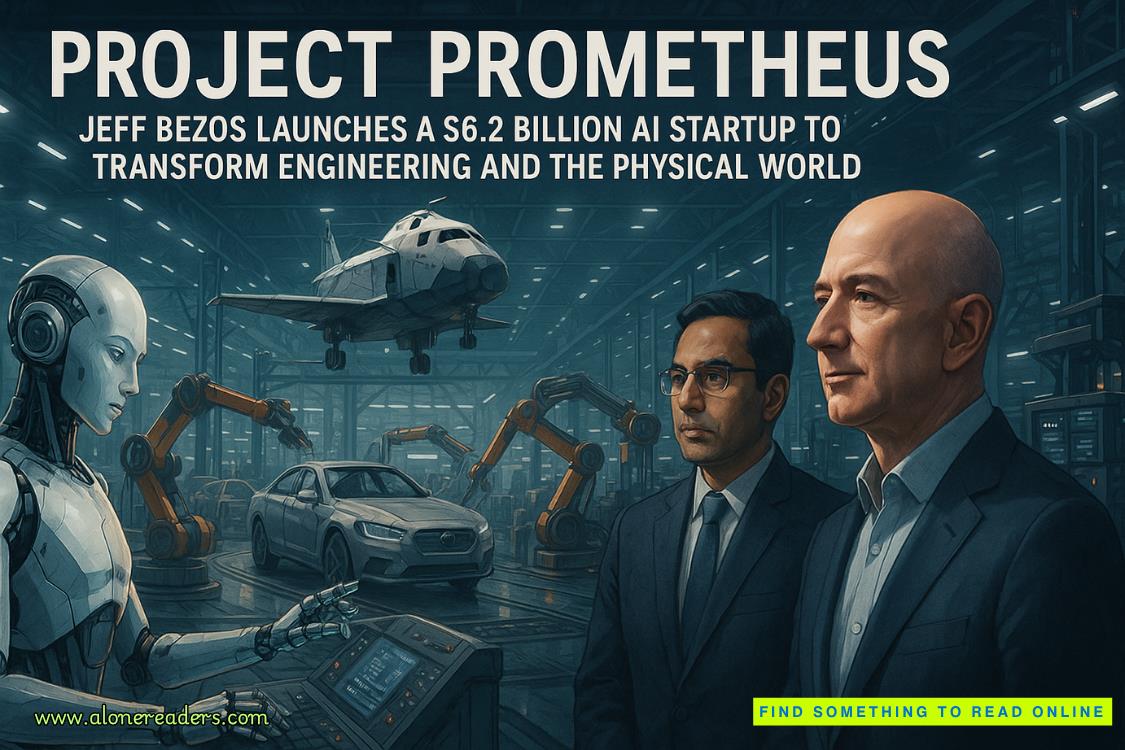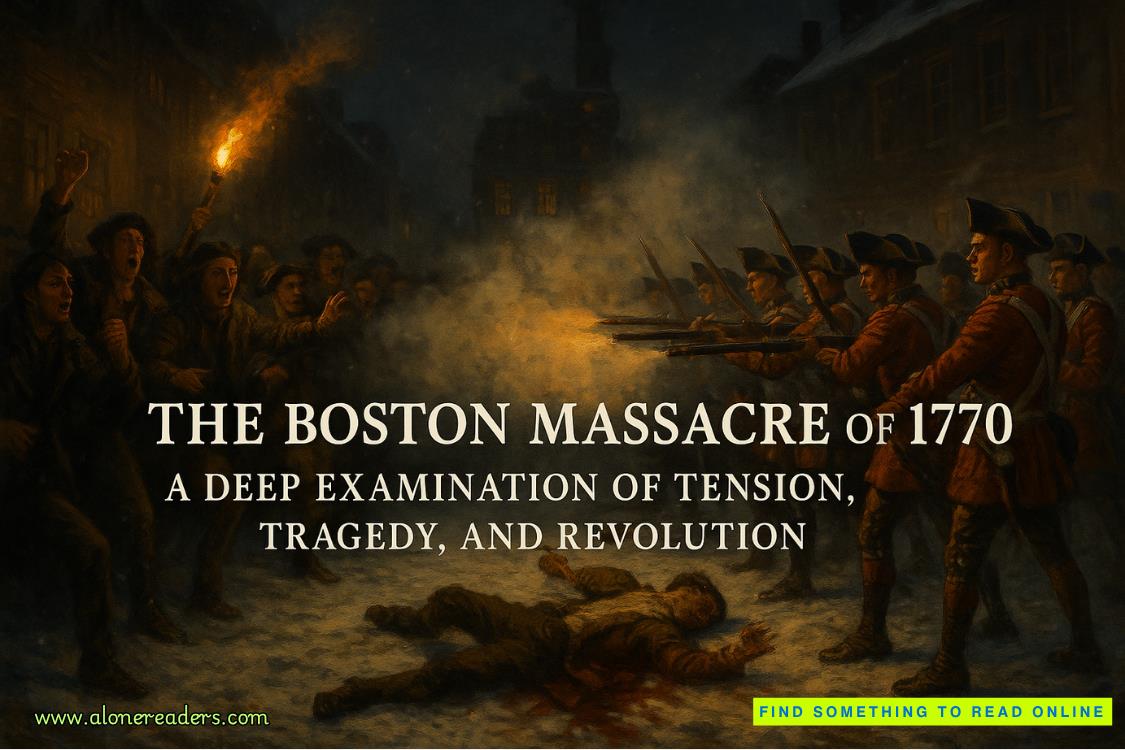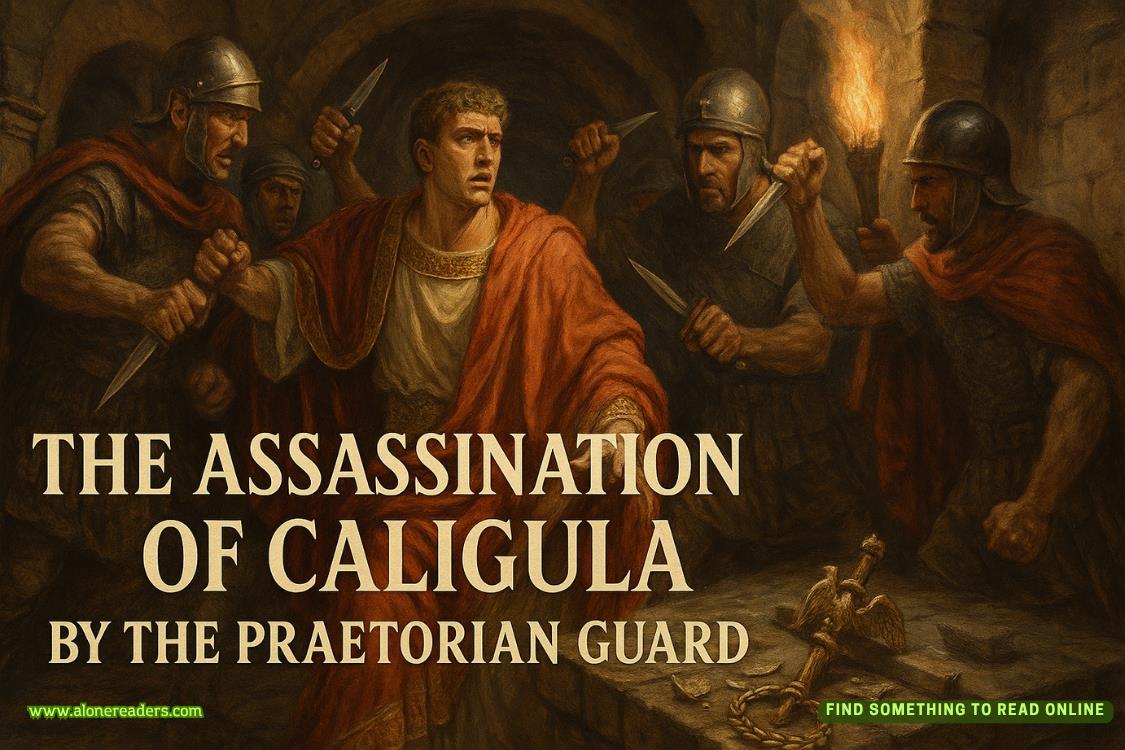Page 91 of Unnatural Death
I’d never met Blaise until I relocated to Alexandria, but that’s not how she sees our history. She feels she’s been part of my world since her earliest memories. When she brings this up, I don’t have the heart to say that I’d scarcely heard of her until recently. During my early days when Greta Fruge and I worked together, she was too busy talking about herself to say much about her daughter.
Blaise came to my attention because she was keeping an eye on our Old Town property months before we’d moved in. From the start and without any prompting from Benton, Lucy or me, Blaise Fruge was acting like a combination bodyguard and long-lost friend. She made sure of welcoming us. She continues running into us often while we’re out and about, and is a frequent guest at our house.
“Tell me why you think Nan Romero was murdered?” Removing the paper plug from my nose, I find the bleeding has stopped. “Are you thinking her death is related to her being Brittany and Huck Manson’s dentist?”
“Let me give you a few facts,” Fruge says. “Starting with Nan’s last appointment day before yesterday at fourP.M.All was routine based on what witnesses have said.”
Patients and staff were gone from the office by five-thirty, Fruge tells me. The dentist stayed behind alone, and that would seem to fit if she was planning on committing suicide. Especially if she intended to do it with something that’s in her office, like nitrous gas.
“She waits until everyone is gone and locks the door.” Fruge continues painting the scenario as she drives me home.
“That could be the reason for her staying alone after everyone left,” I reply. “But not necessarily. It also could fit with someone who abuses nitrous gas.”
“Why would she tape the hose in her mouth?”
“We don’t know her habits,” I reply. “If she did this often, we don’t know how she administered it to herself. But I agree that it’s unusual. Was the office door locked when her staff showed up yesterday morning?”
“The receptionist was the first to arrive and says she used the key to open it like always. She can’t be sure it was locked but assumed so.”
“An alarm system?”
“Interestingly, it wasn’t set, but nothing looked out of place except Nan’s belongings were still there because she never left,” Fruge says as we drive slowly, the lights of oncoming traffic infrequent and blinding. “She was discovered in the exam room, dead in the chair.”
Supposedly, Nan Romero hooked herself up to the nitrous oxide machine, placing the hose in her mouth. She fixed it in place with blue painter’s tape that didn’t come from her office, Fruge tells me.
“Nobody who works there had ever seen the tape before,” she’s saying. “Either Nan had it with her or someone else brought it. And there’s security video that suggests that the latter might be what happened. That’s what I wanted to tell you about, Doctor Scarpetta.”
Fruge explains that a surveillance camera outside Nan Romero’s medical office building recorded a figure in dark clothing unlocking a back door at six-thirty the night before last. This person was wearing a black face mask, dark glasses, a baseball cap. The camera picked him up again when he was leaving through that same door about an hour and a half later.
“According to Doctor Schlaefer, by the time he reached the scene yesterday morning Nan had been dead ten or twelve hours,” Fruge is saying. “Which is consistent with her dying not long after everyone else left her office, right?”
“Sounds like it,” I reply.
“From what I understand there’s no evidence that she was strong-armed, roughed up, tortured,” Fruge says. “And God knows she was in a good place for that with all the sharp-pointed tools and electric drills. I know it sounds weird to say, but it appears she died peacefully.”
“I reviewed Doug’s findings and looked at the body when it was on one of our tables,” I reply. “I don’t recall seeing any indication of a struggle. Nor did he mention it. I agree there was nothing obvious that might suggest foul play.”
“And I didn’t notice anything at the scene that would make me think it,” she says. “I’d make sure the scientists doing the analysis of her evidence are aware that someone might have been with her when she died.”
* * *
Fruge slowly bumps us over tracks at the Metrorail station. Two snow-covered red-and-silver trains are dark inside and quietly sitting. The parking lot isn’t as crowded as usual, and I notice there are no planes flying in and out of Washington, D.C., airports. The weather is grinding everything to a halt, the snow steady and heavy.
“What about Nan Romero’s personal life?” I ask.
“There’s a bar in D.C. that I frequent. It’s calledThey’s, and Lucy goes there occasionally. I don’t know if she’s mentioned it. A couple of months ago I noticed Nan Romero there. She was sitting at a corner table with a woman I’d never seen before who spoke with an accent. They were drinking shots of something.”
“How it is that you recognized Nan Romero? Did you know her?”
“False alarms. When I was still in uniform, I was getting called to her office a couple of times a month for a while,” Fruge explains. “She was super nice when we’d show up, and she’d apologize for inconveniencing us.”
“But she’d never made a complaint about anybody bothering her. Or perhaps a patient who was causing problems?” I ask as we pass the shops and restaurants near Old Town’s waterfront.
“Not that I’m aware.”
Everything is closed except for the Starbucks, and only a few people are inside sitting at the counter, looking out at the winter wonderland. The iron lamps along King Street form a bleary nimbus in the snow, the flags over storefronts barely stirring and coated white.
“I’m viewing this as a possible homicide, and wanted you to be aware,” Fruge says. “But I don’t know how you force the victim to cooperate as you’re taping a hose in their mouth …?”















